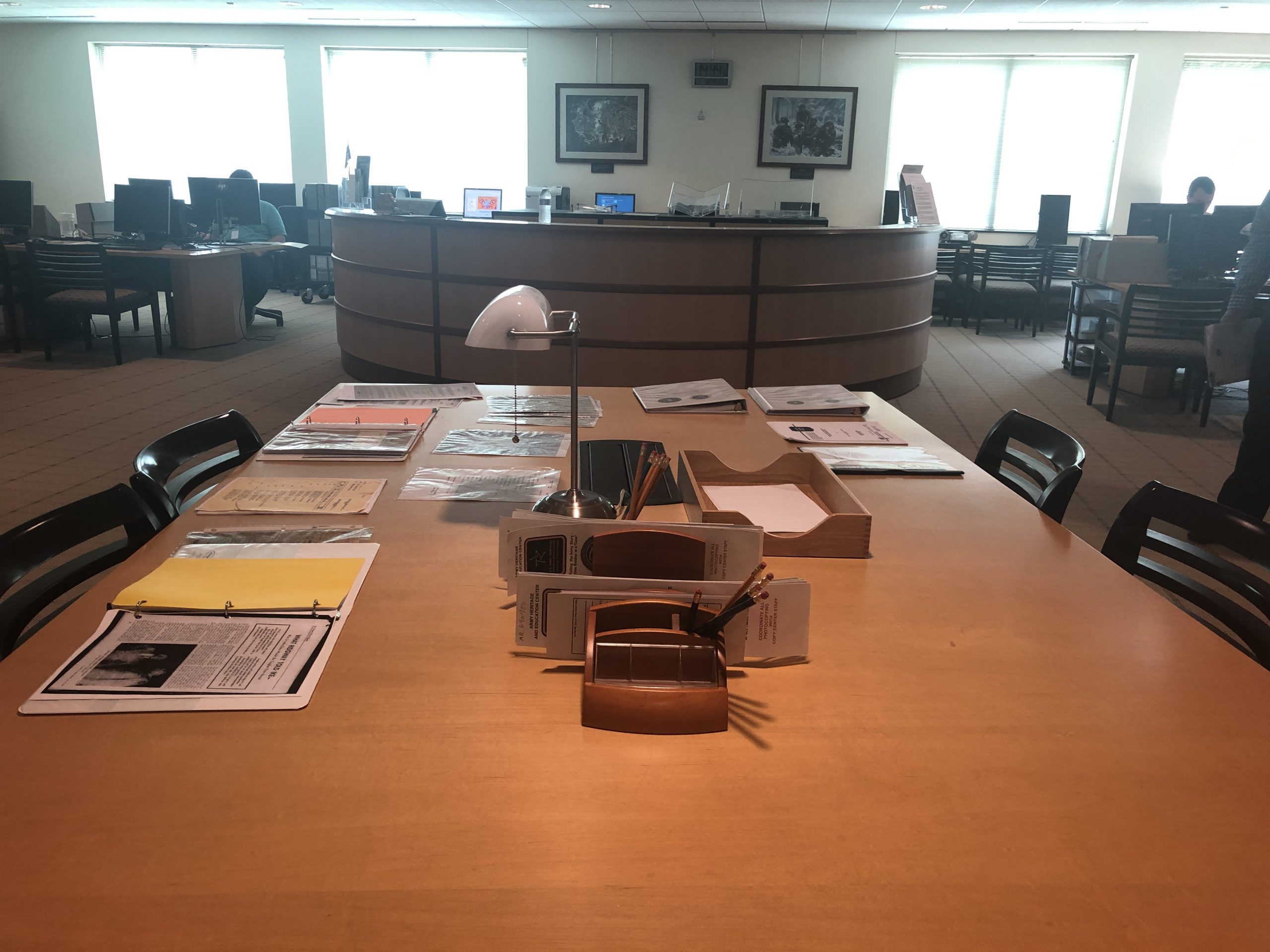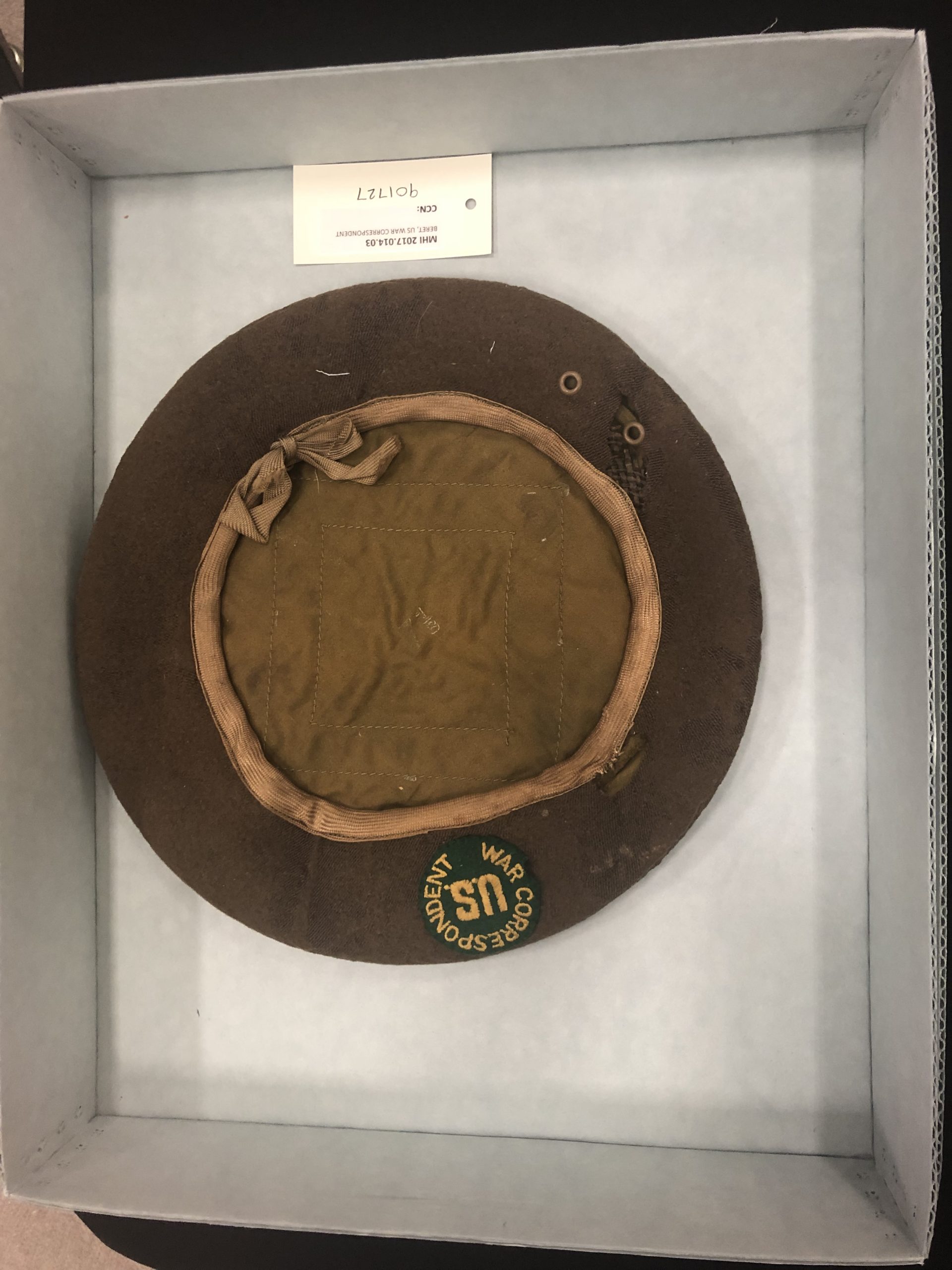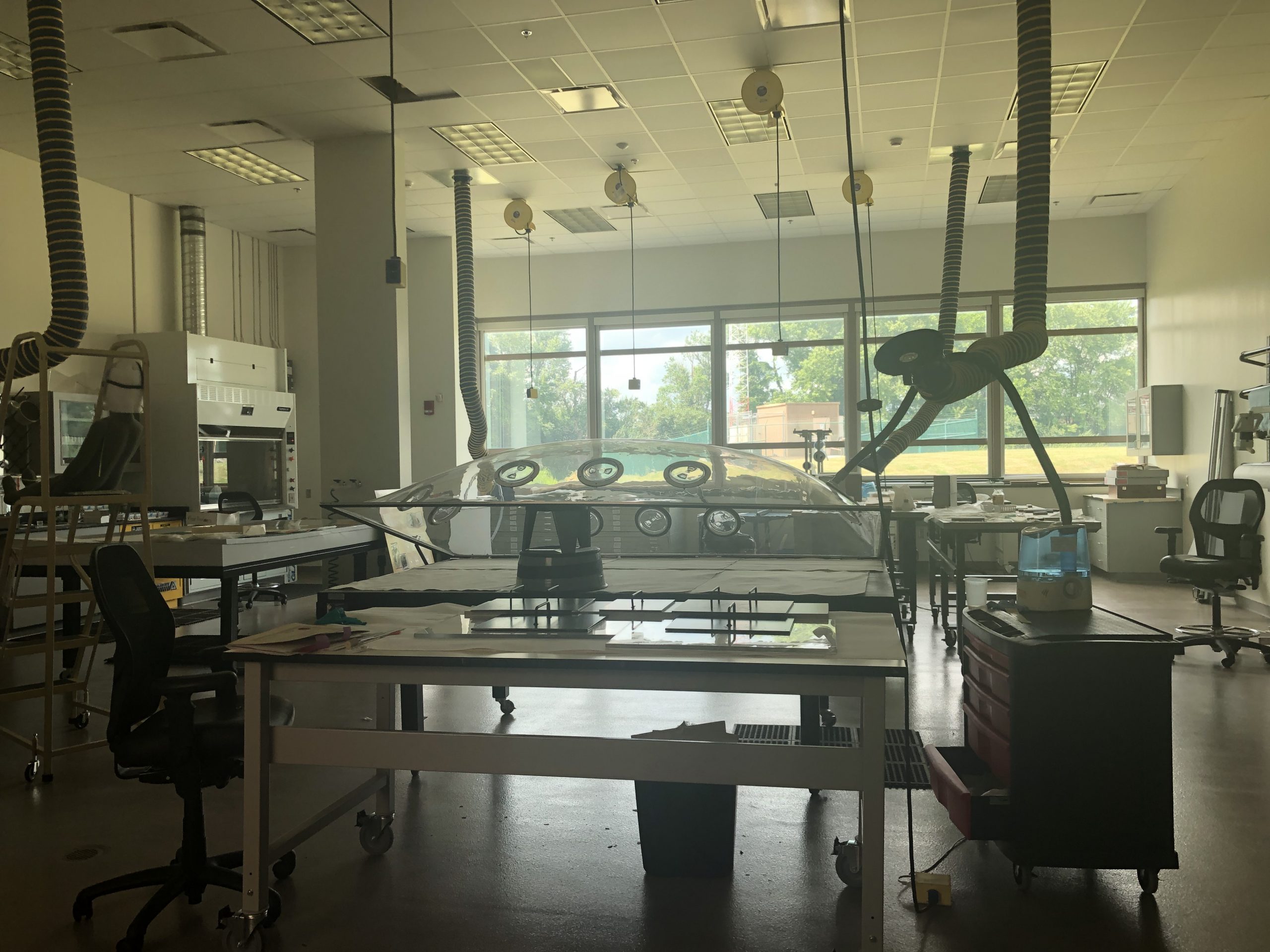CARLISLE, Pennsylvania — There is a scene at the end of the movie Raiders of the Lost Ark in which professor Indiana Jones and Marcus Brody are arguing with government bureaucrats about the folly of not handling the sacred and volatile antiquity with caution.
“The ark is the source of unspeakable power, and it has to be researched,” Brody insists.
“And it will be, I assure you,” answers the bureaucrat, his words effectively dripping in condescension. “Dr. Brody, Dr. Jones, we have top men working on it right now. Top men.”
The camera goes from the argument in an office somewhere in Washington to a warehouse at an undisclosed location where an elderly man is nailing the ark into a crate marked “TOP SECRET ARMY INTEL DO NOT OPEN.” The lone man is donning a cap and wearing a cardigan. He pushes the crate past rows of other crates stacked haphazardly on top of each other, presumably filled with other mysteries. As the camera pans out, you realize they are all jammed into a cavernous warehouse the size of 17 football fields.
That’s the sort of feeling you initially get when you step into the archive buildings of the Army Heritage and Education Center in this Cumberland County town.
Unlike the dolts handling the ark, nothing here is haphazard: Everything is researched, and your access to the hundreds of thousands of archives, as well as your relationship to anyone who has ever served in the U.S. Army, is now being digitized and will be available for you to research.
In October 2018, the Army Heritage and Education Center began a massive digitization project of its collection of manuscripts, photographs, and artifacts of things that have been donated over literally hundreds of years. It’s working to place items such as books, diaries, manuscripts, art, weapons, uniforms, guns, and swords (just to name a few) in your hands with a click of a mouse or a tap on your iPhone.

When the final stages of this five-year project are finished, the Army Heritage and Education Center will have a digital repository not just for Army educators and leaders but also for historical researchers, educators, veterans, and regular people, giving them access to a treasure of Army history equivalent in size and mystery to that fictional warehouse that housed the ark.
On a hot July day, the library within the history center is filled with researchers, scattered a respectable 10 feet apart throughout the massive research library. They are archiving and adding every day more than 33 million indexed images into the system, eventually giving everyone the ability to see anything they want to see preserved by the Army and located in the center’s archival collection of military materials.
You can even find an ancestor, as I was able to ahead of my visit here — my great-grandfather who mustered into service at Harrisburg in Company I, 201st Regiment, a volunteer infantry. Then came the bigger delight: staring into the eyes and face of a young man who went off to war to fight for the Union. You see, his photo was in the center’s records, a photo of an ancestor I had never seen, whose service my family knew little about.
“Not only do we archive and make digitally available hundreds of items every day; we receive thousands of new donated items each year, everywhere from four-star generals turning over their papers to soldiers from earlier conflicts who want the story of their service preserved,” said Army Heritage Center Director of Visitor and Education Services Jack Giblin.
Giblin points to several rows containing all of the documents of Omar Bradley, the late general of the Army during World War II and the first chairman of the Joint Chiefs of Staff. “His collection is extensive,” Giblin says, walking down the 24-foot-long aisle. “I actually was the curator who brought this collection in at the time.”
There is also the cap worn by Ernie Pyle, the dogged World War II war correspondent who captured the lives of American soldiers in real time and earned a Pulitzer along the way before tragically losing his life on the battlefield in Okinawa.

Robert E. Lee’s instructions to Gen. Richard Ewell as they retreated from Gettysburg are here. So is a cannonball shot at the Merrimac by Union soldiers during the Battle of the Hampton Roads, a significant event in naval and Civil War history. While both sides claimed victory, the battle is best known for being the first meeting in combat of ironclad warships.

The project is about halfway done and is the pride and joy of the educators and researchers here at the Army Heritage Center, located down the road behind the Army War College here in Carlisle. A gem of a facility located in the middle of the state, it is well worth the drive — not just for the exhibits and the history but also for the events that shaped our country.
The land where the Army Heritage and Education Center sits is an extension of the land that initially housed the Carlisle Barracks (and now the Army War College), which has served our country as a military facility since our very founding, beginning as a post in the 1750s to protect settlers during the French and Indian War. “The guardhouse where captured Hessians from the Battle of Trenton became prisoners, after they build their own prison, still stands,” explains Giblin.
Alexander Hamilton and George Washington gathered troops here on their way to western Pennsylvania to stamp down the Whiskey Rebellion, and J.E.B. Stuart burned the barracks on the first day of the Battle of Gettysburg in 1863. “The Army War College was founded by President Theodore Roosevelt’s War Department secretary, Elihu Root, in 1901 in Washington,” said Giblin. “It moved to Carlisle in 1951.”
“The Army Heritage and Education Center facility you see today opened in 2004 to the public. It gives people the opportunity to experience Army life, the life of a soldier, through the eyes of the men and women who have served our country in both war and peace,” he said.

That soldier experience begins before you enter the facility, with the vigorous mile-long walking history trail with a way station cabin built to resemble those of the French and Indian War, a Revolutionary War redoubt from the 1781 Siege of Yorktown, encampment cabins used by soldiers during the Civil War, a western front trench system from World War I, a Vietnam War firebase with two M102 howitzers, a guard tower, a defensive berm, and an M4 Sherman Tank from Normandy — just to name a few.
The Army Heritage Trail is open for visitation daily from dawn to dusk. Right now, the Heritage Center only has its exhibits open because of the pandemic, but millions of items in its vast archives are now available to research online — and you don’t have to go to a warehouse to access them.

